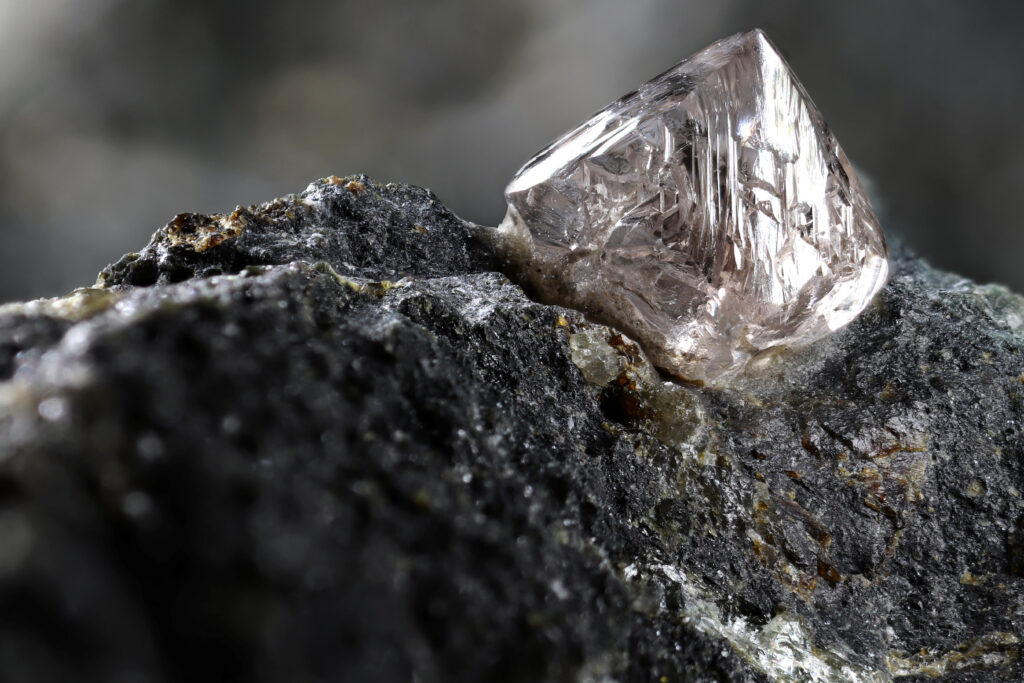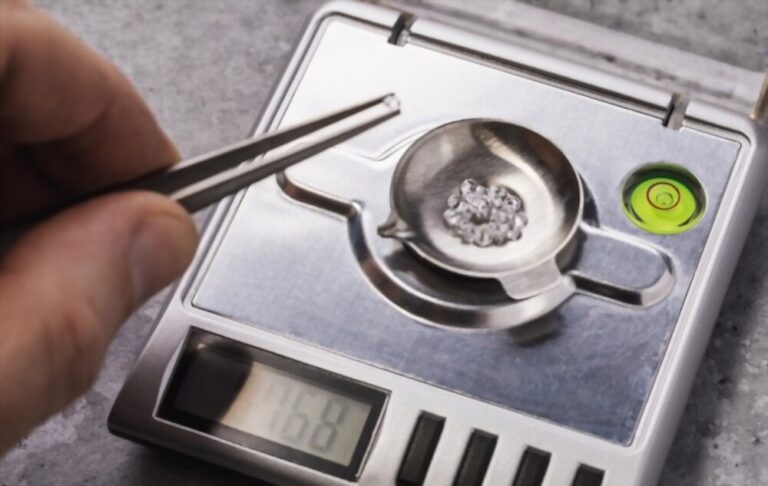
For centuries, diamonds have held a place of undeniable enchantment. Their brilliance and symbolism of love and commitment have captivated hearts across cultures and generations. However, their sparkle has sometimes been overshadowed by concerns about the environmental and social impact of their mining. As consumers become more eco-conscious, the question arises: can the diamond industry truly shine ethically?
A More Sustainable Diamond Industry
The quest for a more sustainable diamond industry is multifaceted. Ethical sourcing practices throughout the entire supply chain remain essential. This ensures that diamonds are mined responsibly and avoid contributing to conflict or human rights abuses. Over the years, certification programs like the Kimberley Process Certification Scheme (KPCS) have played a crucial role in controlling the trade in conflict diamonds, improving the situation. Additionally, responsible miners are actively working to minimize their environmental footprint, for example, reducing water usage, implementing land reclamation projects to restore mined areas, and adopting renewable energy sources to power their operations.
The Unexpected Hope: Kimberlite
Beyond these essential measures, a glimmer of hope emerges from an unexpected source: the very rock where they are found – kimberlite. Kimberlite is a volcanic rock that carries diamonds from deep within the Earth’s mantle. But here’s the twist: kimberlite also has the potential to act as a giant carbon sink.
In nature, kimberlite possesses a remarkable property. When exposed to fluids rich in carbon dioxide (CO2), it transforms. It acts like a sponge, absorbing the CO2 and chemically incorporating it. This process essentially incorporates the carbon dioxide into a stable mineral form, effectively locking it deep underground for millions of years.
This phenomenon is the basis for an exciting concept: carbon sequestration (CCS). Imagine a human-made process where captured carbon dioxide from the atmosphere is permanently stored underground in rock formations – that’s carbon sequestration. Think of it like putting the brakes on climate change by locking away carbon dioxide, a major contributor to global warming.
From Waste to Carbon Storage
Here’s where things get interesting. Diamond mines often leave behind vast amounts of waste rock historically and in ongoing operations. This “waste” kimberlite could be the key. Scientists are exploring the possibility of injecting captured CO2 back into these kimberlite formations, essentially turning them into permanent storage units for carbon.
While still in its early stages, this research offers an opportunity for a more sustainable diamond industry. By utilizing existing waste and aiding in carbon capture, diamond mining could contribute to a more circular and environmentally friendly future. Importantly, according to United Nations, CCS offers the potential to increase our flexibility in achieving greenhouse gas emission reductions and could ultimately help to lower the overall cost of mitigating climate change.
Diamonds and the Fight Against Climate Change
The prospect of diamonds playing a role in tackling climate change is a fascinating development. This innovative approach, combined with ongoing efforts to minimize the environmental impact of mining, could pave the way for a future where diamonds truly sparkle with ethical brilliance. Consumers who value beauty and sustainability will choose diamonds mined and processed responsibly while simultaneously contributing to the fight against climate change.
Ultimately, the future of the diamond industry hinges on its ability to embrace innovation and prioritize sustainability alongside ethical sourcing practices. By meeting these challenges head-on, the industry can ensure that diamonds continue to symbolize love, commitment, and even hope for a brighter future. Perhaps, in the not-so-distant future, the answer to “Can the Diamond Industry Shine Ethically?” will be a resounding yes.




